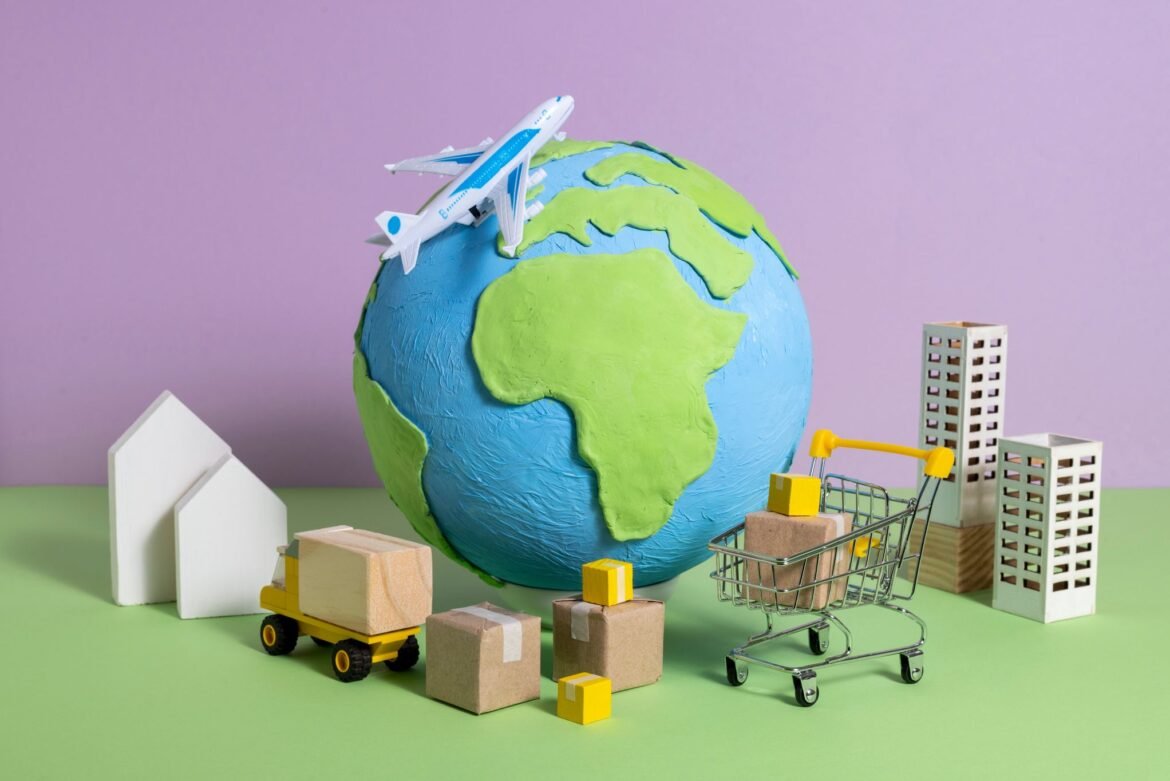In today’s interconnected world, global trade stands as one of the most powerful forces driving economic growth, innovation, and international cooperation. From smartphones designed in California and assembled in China, to coffee beans grown in Brazil and brewed in Europe, the world’s economies are deeply interdependent.
What is Global Trade?
Global trade, also known as international trade, is the exchange of goods and services across international borders. It enables countries to obtain products they don’t produce efficiently themselves, while exporting those they specialize in. For example, Japan exports cars, Germany exports machinery, and countries like Bangladesh export textiles.
The Benefits of Global Trade
- Economic Growth: By accessing wider markets, businesses can scale up production, reduce costs, and increase profits—leading to job creation and economic expansion.
- Consumer Choice: Global trade allows consumers access to a vast array of products from different parts of the world, often at competitive prices.
- Innovation and Technology Transfer: Trade encourages innovation as companies strive to remain competitive. It also facilitates the global spread of technology and ideas.
- Lower Costs: Through specialization and competition, countries can produce goods more efficiently, reducing prices for consumers globally.
Challenges and Criticisms
Despite its many advantages, global trade also has downsides:
- Trade Imbalances: Some countries import more than they export, leading to large trade deficits.
- Job Losses: Industries that can’t compete with cheaper foreign products may shrink, leading to job losses in some sectors.
- Environmental Impact: Increased production and transportation can contribute to pollution and climate change.
- Unequal Gains: Not all countries or populations benefit equally. Wealthier nations and corporations often reap more benefits than developing economies.
Key Players in Global Trade
- World Trade Organization (WTO): Regulates trade rules and resolves disputes.
- Major Economies: The U.S., China, European Union, and Japan dominate global trade flows.
- Multinational Corporations (MNCs): Companies like Apple, Samsung, and Toyota operate globally and heavily influence trade patterns.
The Future of Global Trade
Global trade is evolving rapidly, influenced by:
- Digital Trade: E-commerce and digital services are reshaping how trade happens.
- Geopolitical Tensions: Trade wars, sanctions, and tariffs affect supply chains.
- Sustainability Demands: Eco-conscious policies and carbon footprint concerns are pushing for greener trade practices.
- Regional Trade Agreements: Deals like the African Continental Free Trade Area (AfCFTA) and the Regional Comprehensive Economic Partnership (RCEP) are changing the trade landscape.
Conclusion
Global trade has transformed the way nations interact, fueling growth and development worldwide. While challenges exist, its role in connecting economies, cultures, and innovations cannot be understated. As we move forward, the key will be to manage trade in a way that is fair, sustainable, and inclusive for all.

